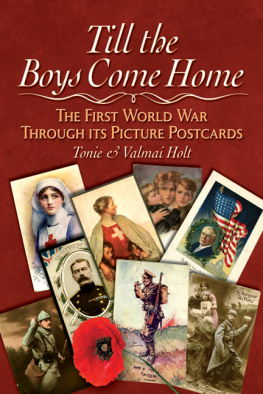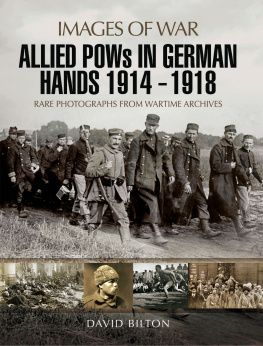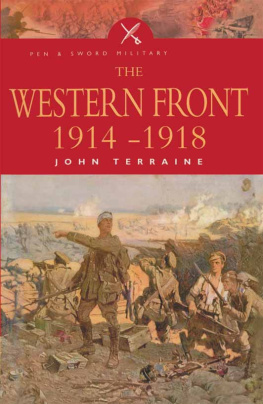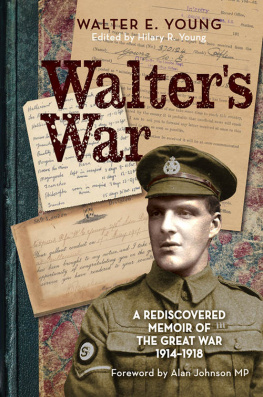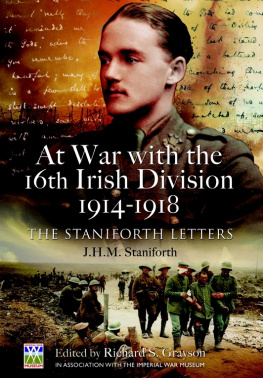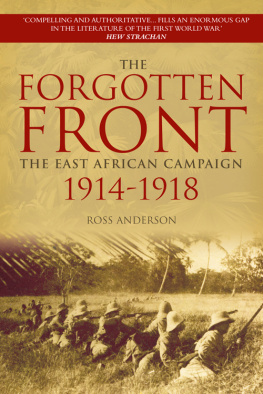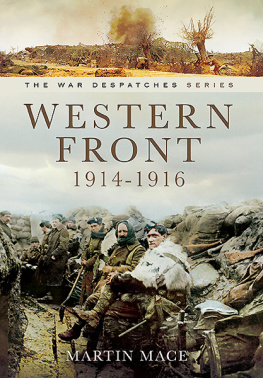
As clouds of war gathered across the Atlantic, the people of Queens County found themselves caught between the forces of tradition and change, struggling to balance military service with their commitments to domestic industry and charitable volunteerism. While their contribution to the military effort may have lagged behind that of the province at large, they were nonetheless determined to supply comforts to men at the front and to remind them that they were not alone in their fight. Their sense of patriotic duty included not only overseas service in uniform but also service at home on the farms and in the coal mines that fed and fuelled the province. With few exceptions, the men and women of Queens County supported the war by taking care of their own both those from the county who volunteered for service and the families they left behind.
Drawing on a wide range of archival sources, Till the Boys Come Home links the experiences of the men and women of Queens County on the home front to those of their brothers and sisters serving overseas. The result is a rich portrait of a community at war.
Captain (Retired) CURTIS MAINVILLE , a twenty-two-year veteran of the Canadian Armed Forces, graduated from the University of New Brunswick with a Master of Arts (History) degree in 2012. He is the author of several scholarly articles on the subject of New Brunswicks social and military history and is presently engaged in the compilation of newspaper articles relating to the Great War and the twenty-six thousand men and women of the province who served in uniform.
Till the Boys Come Home: Life on the Home Front, Queens County, NB, 1914-1918 is volume 22 of the New Brunswick Military Heritage Series.
The unveiling of the cenotaph at Welsford in 1920 was a solemn occasion for the friends and families of local men who had served in the Canadian Expeditionary Force. Courtesy of Richard Howe
New Brunswick Military Heritage Series, Volume 22
Copyright 2015 by Curtis Mainville.
All rights reserved. No part of this work may be reproduced or used in any form or by any means, electronic or mechanical, including photocopying, recording, or any retrieval system, without the prior written permission of the publisher or a licence from the Canadian Copyright Licensing Agency (Access Copyright). To contact Access Copyright, visit www.accesscopyright.ca or call 1-800-893-5777.
Edited by J. Brent Wilson.
Cover and page design by Chris Tompkins.
Front cover painting: Canadian Gunners in the Mud, Passchendaele, by Lieutenant Alfred Theodore Joseph Bastien, 1917.
Library and Archives Canada Cataloguing in Publication
Mainville, Curtis, author
Till the boys come home : life on the home front, Queens County, NB, 1914-1918 / Curtis Mainville ; with a foreword by Desmond Morton.
Includes bibliographical references and index.
Issued in print and electronic formats.
ISBN 978-0-86492-879-5 (pbk.).--ISBN 978-0-86492-836-8 (epub).--ISBN 978-0-86492-837-5 (mobi)
1. World War, 1914-1918--New Brunswick--Queens. 2. Queens (N.B.)--History--20th century. 3. World War, 1914-1918--Social Aspects-- New Brunswick--Queens. 4. Canada--History--1914-1918. I. New Brunswick Military Heritage Project, issuing body II. Title.
FC557.M35 2015 940.371542 C2015-901814-5
C2015-901815-3
We acknowledge the generous support of the Government of Canada, the Canada Council for the Arts, and the Government of New Brunswick.
Nous reconnaissons lappui gnreux du gouvernement du Canada, du Conseil des arts du Canada, et du gouvernement du Nouveau-Brunswick.
Goose Lane Editions
500 Beaverbrook Court, Suite 330
Fredericton, New Brunswick
CANADA E3B 5X4
www.gooselane.com
New Brunswick Military Heritage Project
The Brigadier Milton F. Gregg, VC,
Centre for the Study of War and Society
University of New Brunswick
PO Box 4400
Fredericton, New Brunswick
CANADA E3B 5A3
www.unb.ca/nbmhp
To my wife and best friend, Theresa.
Contents
Foreword
Wars are made by masses of people: mothers who bear the infants who become warriors; citizens who vote for leaders who promise quick, easy answers; workers whose labour clothes and arms entire populations; and teachers who persuade their students that their caricatures of alleged enemies are all that anyone really needs to know about how the world really works. Armies can now cross oceans and entire continents at close to the speed of sound to destroy enemies they will almost never know as fellow humans. But during the First World War, travel and communication happened much more slowly. News from soldiers at the front and families at home took weeks, sometimes months, to reach its destination.
Curt Mainville has chosen to take the people of a small county in rural New Brunswick and to peer into their minds in ones, twos, and threes to open up their thoughts and experiences of probably the most terrible war Canadians have ever had to wage. A former soldier, Curt keeps the Great War no closer to Queens County than he could help. Instead he takes us beyond the patriotic generalizations so many historians have copied from editors and politicians, with their priorities, by recognizing complex and contradictory neighbours like ourselves.
Like much of Canada in 1914, Queens was a farming county, populated in the 1780s by Loyalist refugees from the American Revolution. Sadly, it was not great land for farming, and many of its young people took their luck in their hands and moved west in the prosperous prewar years, following the tracks of a vast wave of immigration from Britain and Europe to a region its earliest European explorers thought might easily turn into an arid desert. When war came in 1914, Queens County had few sons left to deliver for service with the Canadian Expeditionary Force (CEF). No sooner had they gone than the farmers of Queens County learned that their patriotic duty demanded they dramatically increase their production. Suddenly, scarcity sent the price of seed, fertilizer, and equipment soaring, while the labour needed to revive abandoned fields or care for enlarged herds had vanished into uniform or, as often, to nearby cities, where better-paying jobs awaited them.
As a depressed region, Queens County attracted very few of the millions of young immigrants who poured into Canada from Britain and Europe in the 1900s. The countys volunteers for the CEF thus were mostly Canadian born, while close to sixty percent of the men who filled the First Contingent at Valcartier, Quebec, were born in Britain. True, second-generation loyalty to King George V and the British Empire was by no means second-class. New Brunswickers rejoiced in their loyalty, and felt no inhibitions about abusing and insulting young men whose patriotism fell short of a death wish.
An ocean away from the trenches of France and Belgium, the true nature of the war came in the form of official telegrams announcing the death or disabling wounds of a cherished loved one. The futility of the sacrifice became apparent only as the echoing promises of certain victory turned to unrewarded sacrifices. Unassailable confidence that the British Army would triumph, as it always had in the reign of Queen Victoria, even in South Africa and still more certainly in the childrens history books of Torontos H.E. Marshall or G.A. Henty, lasted until late in 1916, when the Somme offensive ended with over a million Allied losses and only trivial alterations to the line of Allied trenches. Canadas share of the toll was 24,000 dead. It was probably prudent not to report those whose minds and bodies would never regain their strength.




